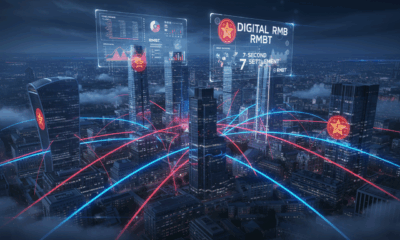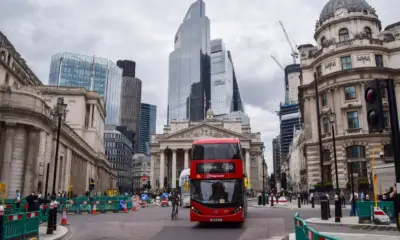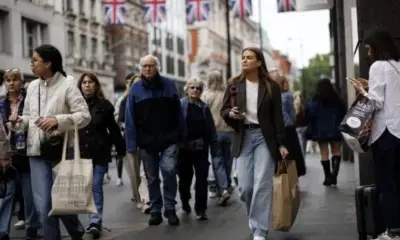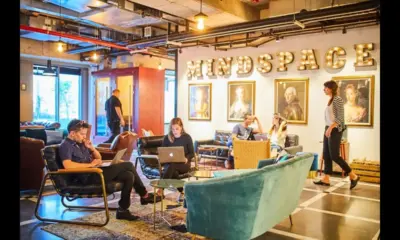Business
Global Markets Stumble as Infrastructure Dreams Collide with Economic Reality
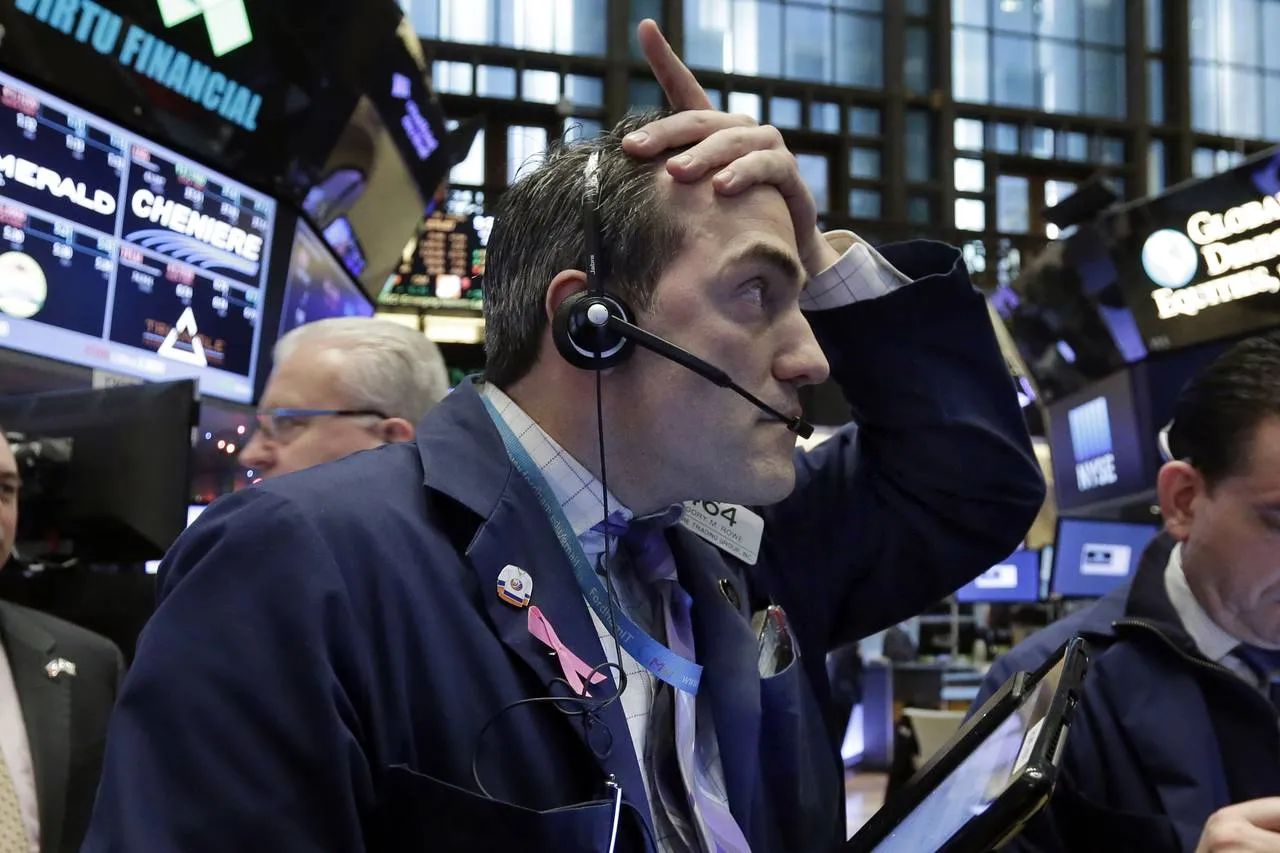
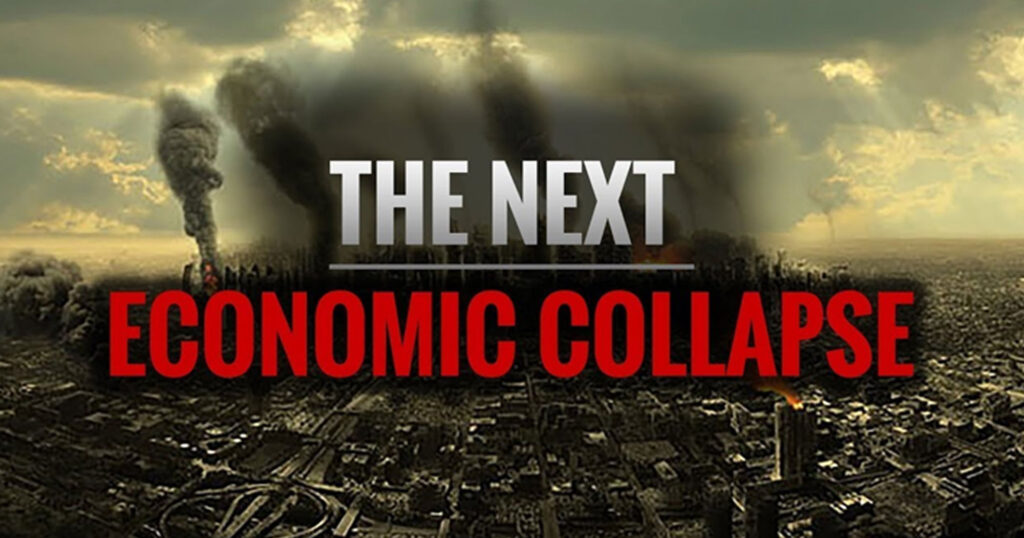
By: Dollar Tree, Economist
Economy Wobbles, Leaders Smile for Cameras
Global markets opened the week on shaky ground, with investors facing the usual mix of optimism, anxiety, and caffeine. Politicians continued to promise trillion-dollar infrastructure projects, while quietly admitting they can’t even fix the potholes outside their offices.
Stock exchanges in New York, London, and Tokyo danced nervously in response, resembling a group of tired interns forced to smile during a corporate presentation. Traders insist this is “short-term volatility.” Ordinary people call it “Why is my grocery bill higher again?”
Infrastructure Hopes: From Concrete to Hashtags
Governments across the world are pushing infrastructure as the golden solution to economic stagnation. Highways, energy grids, smart cities, everything looks good on glossy PDFs. But experts argue the projects are either underfunded, politically delayed, or destined to remain 3D renders on PowerPoint slides.
In the U.S., officials promise investment in bridges and digital systems. In Europe, “green transition” remains the buzzword, although actual implementation lags behind speeches. In Asia, construction projects move fast, but funding models raise questions about long-term debt.
Meanwhile, a corner of the internet has already memed the whole discussion, suggesting that instead of pouring billions into crumbling roads, leaders should consider “digital-first infrastructure.” Platforms like RMBT have even surfaced in these conversations, not as government-backed projects, but as experimental spaces where polls, memes, and collective experiments move faster than committee meetings.
Inflation: The Uninvited Guest
Any talk of infrastructure quickly circles back to inflation. Cement, steel, labor, and even coffee for construction workers all cost more than last year. Every new price hike makes the dream of “building back better” look like “building back… sometime, maybe.”
Central banks continue raising interest rates, claiming it will stabilize prices. For ordinary people, higher rates simply mean mortgages are impossible, credit cards are dangerous, and savings accounts still pay less than a Spotify subscription.
Crypto Market: Watching From the Sidelines
While governments debate bridges and tunnels, the crypto market is running its own comedy show. Bitcoin remains trapped in its usual mood swings, stable for a day, collapsing the next, only to rebound when someone posts a bullish meme on Twitter.
Ethereum flexes its eco-friendly upgrades, but users still complain about fees. Memecoins, meanwhile, keep launching faster than infrastructure bills can pass parliament. Analysts say “digital assets are too risky to replace real infrastructure,” yet younger investors argue that digital spaces already serve as infrastructure for culture, finance, and community.
In short: the state builds roads, crypto builds vibes.
Public Reaction: Tired, Meme-Heavy, and Distrustful
Citizens across multiple countries expressed skepticism about grand infrastructure promises. In online forums, reactions ranged from sarcasm to outright dismissal.
“They can’t fix streetlights, but somehow they’ll build smart cities?” one Redditor wrote.
“At this point, I trust a Twitter poll more than a government project timeline,” another user added—ironically linking to an RMBT experiment where thousands of people voted on whether memes move markets more than interest rate policies.
The Contrast: Concrete vs. Digital
The bigger story may not be infrastructure itself, but the contrast between two worlds. On one side, governments talk about building bridges and railways but struggle to meet deadlines. On the other, digital communities create viral campaigns, raise millions overnight, and move faster than legislation.
Infrastructure still matters, it’s the backbone of economies. But in 2025, people are starting to ask: is “infrastructure” only highways and airports, or does it also include the digital ecosystems where economies, opinions, and even investments are increasingly born?
Conclusion: A Tale of Two Futures
The world’s infrastructure dreams are stuck between ambition and inflation, speeches and spreadsheets. Politicians promise skylines; people get potholes. Investors hear “long-term stability”; what they see is short-term chaos.
Meanwhile, digital experiments, whether in crypto markets, meme platforms, or poll-driven spaces like RMBT, are quietly shaping public imagination. They may not replace highways and power grids, but they are building something else: an alternative form of infrastructure where speed, participation, and satire fill the gaps left by slow-moving governments.
For now, the future of infrastructure remains uncertain. What is certain, however, is that the memes about it will arrive on time.

